- Learning time
- 60 minutes
- First play time
- 120 minutes
Venice
Designed by: Andrei Novac,Dávid Turczi
In the 16th century, players take on the role of wealthy merchants hoping to gain political power with their wheeler-dealing along the waterways of the titular city. Do this the best, and you’ll be lord of Venice. Worst? – you’ll be arrested.
The board shows the various canals around which you’ll move your two gondolas, and in front of you a smaller board tracks the level of your scrolls (which are helpful) and intrigue (which isn’t). Ten building tiles are assigned to the ten spots on the board, players get a bit of cash and some mission cards, and then the game begins.
On your first turn, you choose which gondola to assign your gondolier to: from now on, the gondolier automatically changes boats at the start of every turn, unless you want to pay a bit of cash to keep them where they are. Apart from that, both your objectives and how you go about them are fairly simple: pick up cubes (representing goods) from various buildings and deliver them to others; claiming the points and cash rewards for doing so from your mission cards. One movement for your gondola is always free; after that any further movement must be paid for, as denoted by the costs printed on the board: 1 coin to go here; two coins to go there. You can play the whole game never taking extra moves, but doing so is unlikely to lead you to victory – cash is helpful!
As you travel around though, other boats are getting in your way. Whenever you pass someone else’s boat in a canal, both players intrigue level goes up, as though idle gossip raises suspicion around you. You can pay scrolls to avoid this, but scrolls can be hard to come by… if you stop at the same building as other players’ boats, they get victory points instead – as though you are being punished for your poor logistical planning. But you may decide to do so anyway.
Venice’s intrigue extends from the general air of suspicion to the buildings themselves. Wherever your boat stops, you add an assistant to that building – or promote one that’s already there. As your assistants get promoted, so does the value of the building to you when you stop there. A lowly just-arrived assistant simply gets you the aforementioned cube. But as they move up through the gears, they’ll do a number of jobs for you: more cubes, more Mission cards, helpful Influence cards, or just ways to score extra points. And although they don’t activate when your opponents visit that building, they will get pushed up to these more rewarding levels, because each building tile has four sections and only the fourth, most powerful, can be shared. So an assistant arriving after you will bump your assistant up the career path whilst you’re off doing other errands.
There can only be one assistant per player per building though, and note also there are some communal buildings that don’t require assistants at all – these are printed on the board and never move location. One of them is the Major Council, where players jostle for influence in the end-game scoring (furthest up the Major Council track: most points) as well as spend money to build bridges: they don’t just make the board look prettier: bridges will save you cash, and dole out intrigue to any others unwise enough to sail beneath them! The end-game is reached either when all the Mission cards run out or when a certain spot on this council track is reached by anyone – each player gets two more turns, and then scores are totalled. But! The player with the highest intrigue score, no matter how many points they have, is considered arrested and eliminated – the most obviously crooked of the merchants cannot be seen to win!
The guru's verdict
-
Take That!
Take That!
Although the individual penalties for movement (intrigue!) or sharing spaces (points!) are fairly minor in isolation, over the course of the game they mount up and you can find yourself more focused on reducing the swirling intrigue around you than the business of making deliveries. There's opportunities to milk others misfortune in some of the cards (and bridge construction) but
-
Fidget Factor!
Fidget Factor!
This always depends on who's playing, but oftentimes the decisions are easy to make - I need a purple cube for this delivery, so I'll go there. However...
-
Brain Burn!
Brain Burn!
...as the board fills up with assistants, and time begins to run out, you have to factor in the cost of travel, how your intrugue might rise, and whether or not you should swap your gondolier over to the other boat, or pay to keep them where they are.
-
Again Again!
Again Again!
The building tiles vary location from game to game, and then the Mission, Influence and (in a two-player game) Smuggler cards come out randomly too.

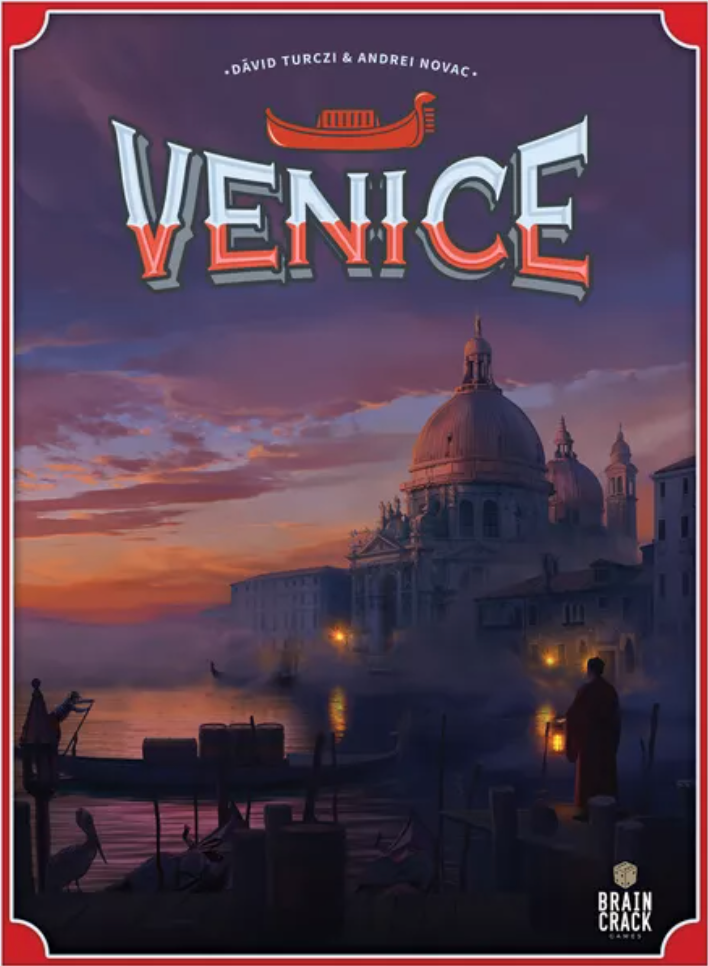
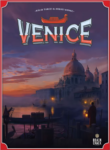
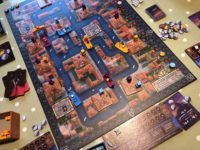

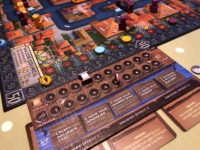



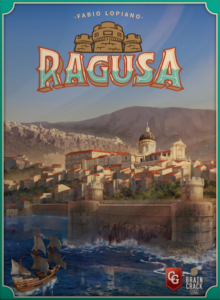

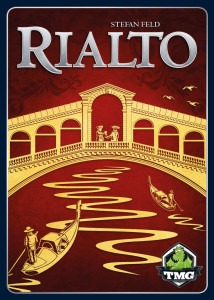
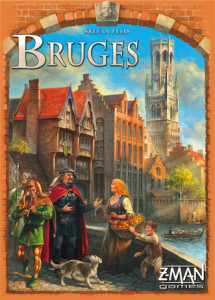

Sam says
I really enjoy the dynamics of what Venice is trying to do - or does successfully, in fact, but it's let down by the production. It's easy enough to read at the start, but the assistants clutter up the readability of the board so the longer the game goes on, the harder it becomes to see at a glance which building is where, and - even peering in closer - what each building does. Making sense of it all often involves moving wooden pieces out the way to see what iconography it's obscuring - which is a real shame because it's otherwise a good game that I'd happily play often. I like the how the basic idea of pick up and deliver (see one of my all-time favourites Railways of the World) here comes with the constant sense of compromise: Venice manages to pack some deep, juicy decisions into a pretty simple set of rules. It's unfortunate that streamlining didn't extend to the design of the board, particularly as it feels like a game that will function best with a crowd. If you're okay with that slight visual fiddliness, this is a good game. If, like us, you can see yourself finding it irksome, you can probably take a star off our rating.